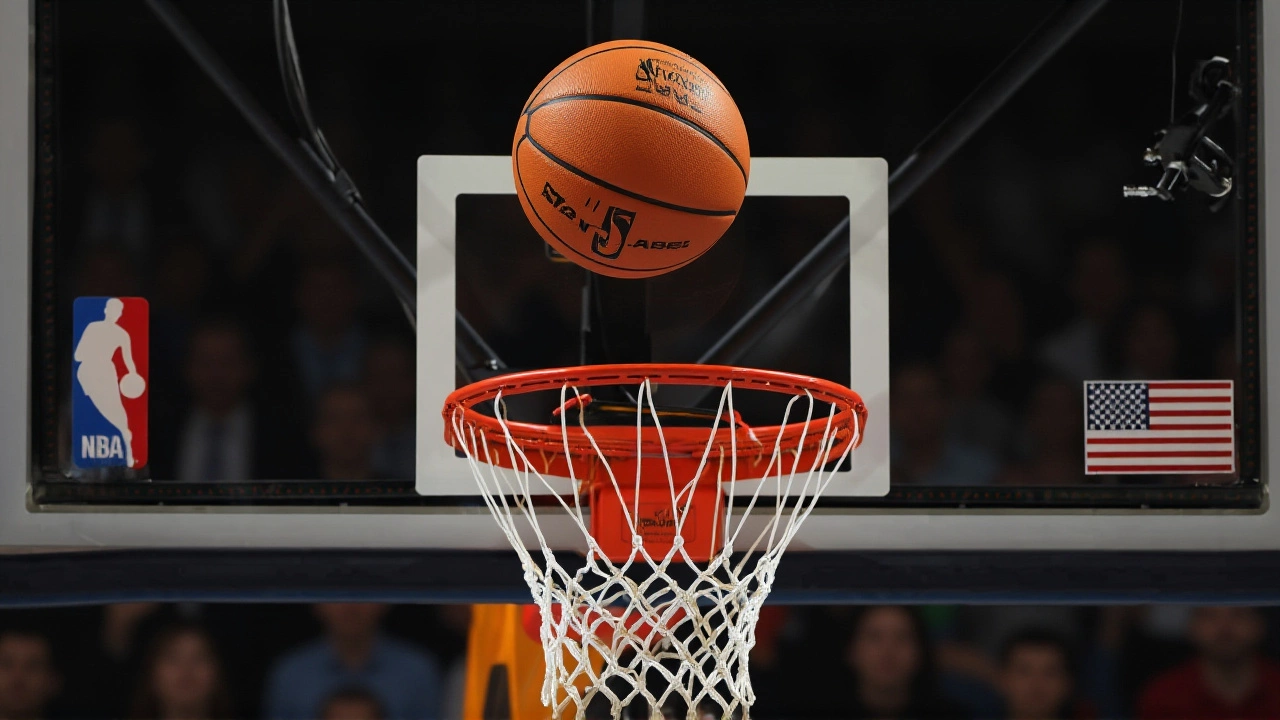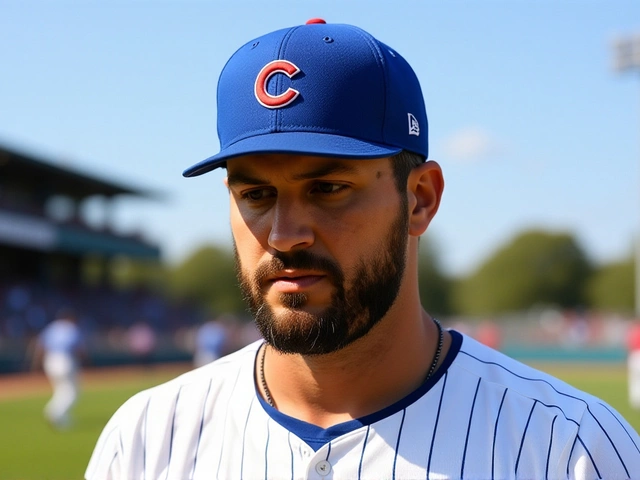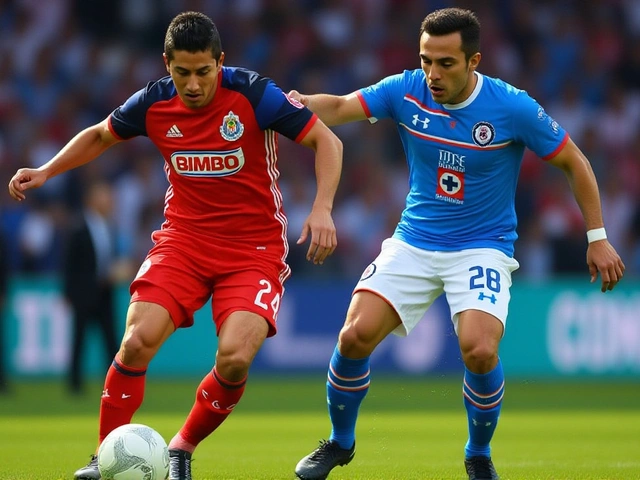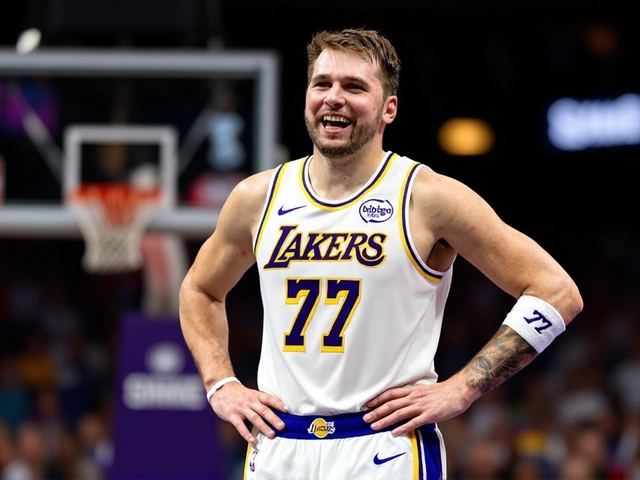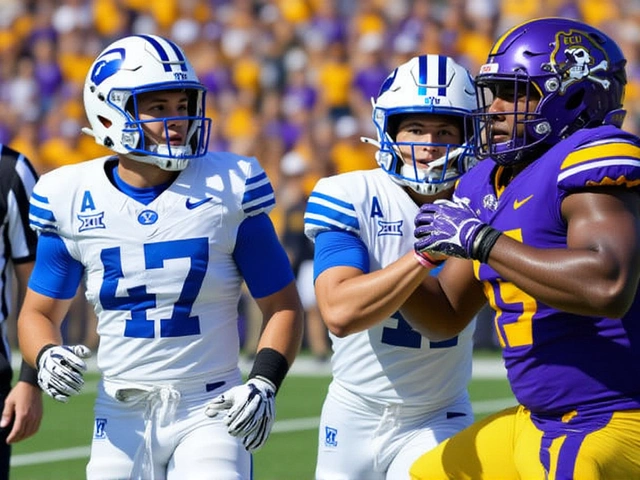On a chilly Monday night in San Francisco, the Golden State Warriors didn’t just win—they outclassed a depleted Utah Jazz team in a 134-117 rout at Chase Center, despite both squads missing nearly half their rotation. The game, played on November 24, 2025, wasn’t just about points; it was about resilience. The Warriors, limping in at 9-9 and riding a three-game skid, were without four key starters. The Jazz? They were down five rotation players, including their starting center for the season. And yet, in the middle of it all, Stephen Curry reminded everyone why he’s still the engine of this franchise—dropping 31 points on 12-for-24 shooting, including six three-pointers, in his fifth 30-point game in six contests.
When the Bench Carried the Load
The Warriors’ starting lineup looked more like a summer league roster. Draymond Green, their defensive anchor and emotional leader, was out with a right midfoot sprain—his first missed game of the season after Donovan Clingan’s foot landed on his during a scramble against Portland. Al Horford sat with sciatic nerve irritation. Jonathan Kuminga was sidelined for the sixth straight game with bilateral knee patellar tendonitis. And De'Anthony Melton, their best perimeter defender, was already out for the season with a torn ACL. That’s four starters gone. Four.But here’s the twist: the Warriors didn’t collapse. They leaned on their bench. Buddy Hield exploded for 20 points off the pine. Gary Payton II, normally a defensive specialist, started at point guard and delivered a career-best eight assists. The bench combined for 52 points—more than the Jazz’s entire second unit. Coach Steve Kerr called it "a testament to the culture," and honestly? It was.
Utah’s Injury Nightmare
The Jazz entered the game at 5-11, having lost four straight. Their injury report read like a medical textbook. Walker Kessler, their 7’1” rim protector, was done for the season after left shoulder surgery. Georges Niang was out with a stress reaction in his left foot—something that could linger into December. Kevin Love, the veteran big man, was resting during the second leg of a back-to-back after a demoralizing loss to the Lakers the night before. And then there were the G League assignments: Elijah Harkless, Taylor Hendricks, John Tonje, Oscar Tshiebwe—all gone. That’s seven players missing. Seven.What remained was a scrappy, young group led by guard Keyonte George, who put up 28 points, seven assists, and six rebounds—his best performance of the season. But against a Warriors team that forced 17 turnovers and turned them into 14 points, even the brightest young stars can’t overcome systemic gaps. The Jazz shot 44% from the field. They had no answer for Curry’s gravity, no depth to match the Warriors’ bench firepower, and no defensive cohesion to slow the pace.
The Turning Point: A 17-3 Run
The game started with a nightmare. The Warriors missed their first six shots. The Jazz raced to an 11-0 lead. Fans in the stands groaned. Some even started heading for the exits.Then, everything changed.
Curry hit a step-back three from the logo. Payton II stole a lazy pass and dunked. Hield buried a corner three. Suddenly, the Warriors were on a 17-3 run. By the end of the second quarter, they’d scored 41 points—more than any Jazz quarter all season. They led 67-55 at halftime. The Jazz never got closer than 10 points after that.
What made it work? Discipline. The Warriors committed just 10 turnovers. They moved the ball with precision, assisted on 31 of their 49 field goals. They attacked the paint relentlessly, scoring 62 points inside. The Jazz? They rushed shots. Turned the ball over. Looked lost without Kessler’s rim protection.
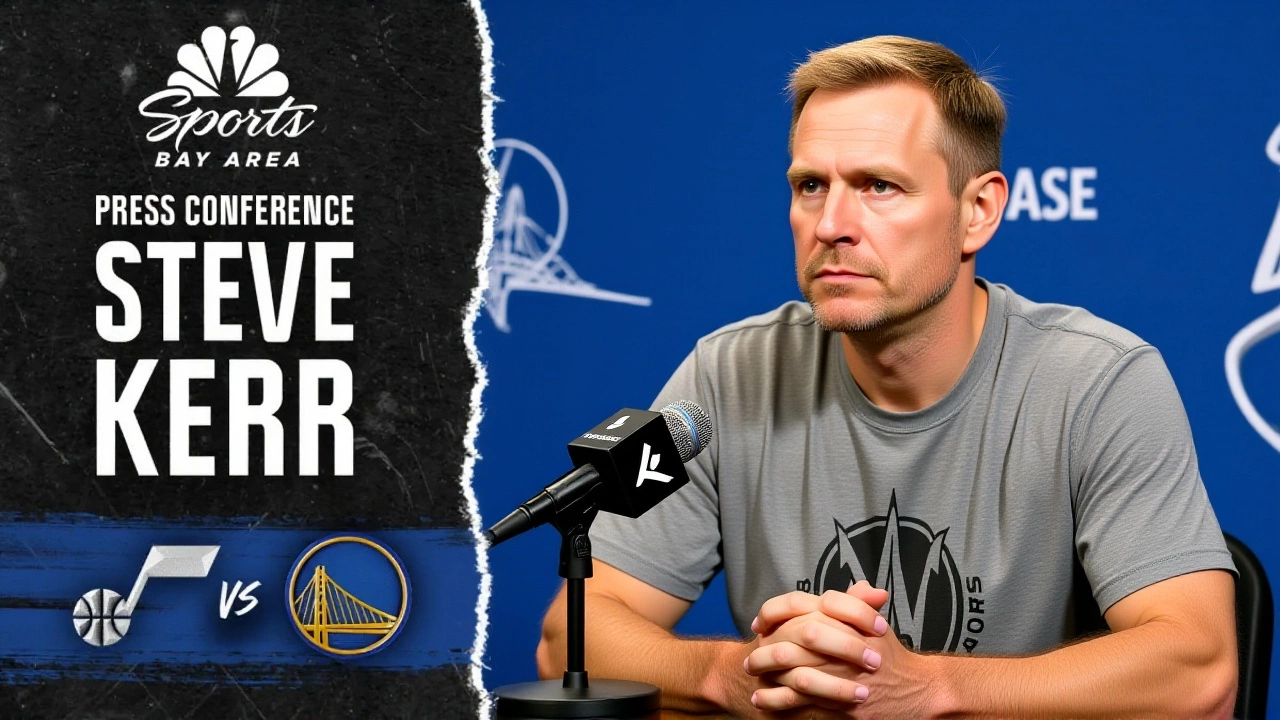
What This Means for Both Teams
For the Warriors, this win snapped their losing streak and improved their record to 10-9. It wasn’t pretty, but it was vital. With Green listed as a "game-time decision" for their next game on November 25, 2025, this performance proved they don’t need him to win—just to win *well*. The bench is no longer a liability; it’s a weapon.For the Jazz, it’s another painful step in a rebuilding season that’s slipping further away from hope. They’re 5-12 now, and with Kessler out for the year and Niang likely out until December, their window to develop young talent is narrowing. They’re fast. They’re athletic. But they’re thin. And in the NBA, thin doesn’t last.
What’s Next?
The Warriors host the Los Angeles Clippers on November 25, 2025, with Green expected to be a game-time decision. If he plays, they’re a top-tier contender. If he doesn’t, they’ve shown they can still win without him—just not as comfortably.The Jazz travel to Sacramento on November 28 to face the Kings, who are surging. Without Kessler, Niang, or Love, they’ll need George to carry even more. And they’ll need more from rookie forward Taylor Hendricks—who’s been in the G League but might be called up soon.

Behind the Numbers
- Warriors: 134 points, 49.5% FG, 10 TOs, 31 assists, 52 bench points
- Jazz: 117 points, 44% FG, 17 TOs, 21 bench points
- Curry: 31 PTS, 6 3PM, 5 REB, 4 AST (5th 30-point game in 6 games)
- George: 28 PTS, 7 AST, 6 REB (career-high scoring night)
- Green: Missed first game of season; expected back Nov 25 as game-time decision
Frequently Asked Questions
How did the Warriors win without Draymond Green and other starters?
The Warriors won because their bench exploded—Buddy Hield scored 20 points, Gary Payton II had a career-high eight assists, and the team’s ball movement created high-percentage shots. They shot 49.5% from the field and forced 17 Jazz turnovers, turning them into 14 fast-break points. Stephen Curry’s leadership and scoring kept them afloat, proving they can win without their core when the supporting cast steps up.
Why is Stephen Curry still performing at this level despite the team’s injuries?
Curry’s ability to create his own shot and draw double-teams has never diminished. Even with missing teammates, defenses still have to respect his range, opening lanes for others. He’s averaging 28.3 points per game this season and has scored 30+ in five of his last six games. His basketball IQ and conditioning allow him to carry heavier loads without sacrificing efficiency.
What’s the impact of Walker Kessler’s season-ending injury on the Jazz?
Kessler was Utah’s only reliable rim protector and defensive anchor. Without him, the Jazz allow 112.4 points per 100 possessions—among the worst in the league. Young bigs like Oscar Tshiebwe can’t fill that void, and the team’s defensive rating has dropped 7.2 points since his injury. Their rebuild now hinges on developing interior defense through the draft, not free agency.
Could the Warriors make the playoffs without Draymond Green?
It’s possible, but unlikely. Green’s defensive versatility and playmaking are irreplaceable in playoff basketball. While the bench carried them against the Jazz, playoff opponents will exploit their lack of size and rim protection. Green’s return by early December is critical—if he’s out past mid-December, the Warriors could slip out of the play-in race entirely.
Why didn’t Keyonte George’s 28-point game lead the Jazz to victory?
George played well, but he was the only Jazz player in double figures. The rest of the team shot just 38% from the field, and their bench scored only 21 points. Without depth, even elite individual performances get drowned out. The Jazz need more consistent scoring from their guards and wings—something they’ve lacked since trading Rudy Gobert two years ago.
What does this game reveal about the Warriors’ identity this season?
It shows they’ve evolved beyond being a Curry-centric team. They’re now a deep, versatile squad that can win with offense, defense, or bench dominance. Even without Green, Horford, or Kuminga, they moved the ball, shared the ball, and played with purpose. That’s the mark of a true contender—not just star power, but collective resilience.

